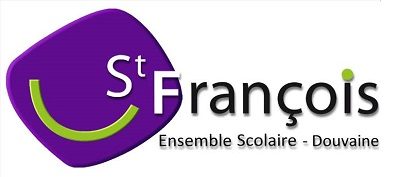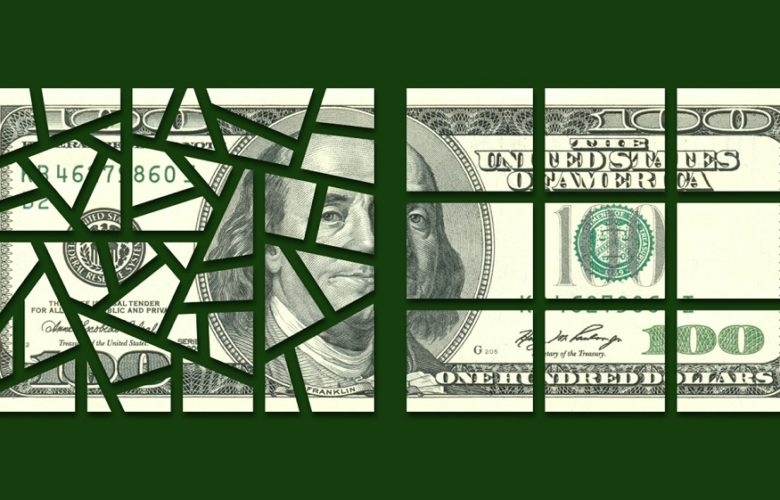Flexible packaging refers to bags, pouches, wraps and other containers made of thin, flexible materials like plastic films, foil and paper. These solutions offer advantages over rigid containers for certain products. In this blog, we will explore 7 key benefits of using flexible packaging and how it can provide value to businesses and consumers. The flexible packaging solutions plays an important role in today’s consumer product landscape, so let’s look at why its use continues to grow.
1. Lightweight and Compact
One major benefit of flexible packaging is its lightweight and space-saving nature. Flexible bags, pouches and wraps take up less room per unit than rigid containers like boxes, bottles or jars. This makes flexible packaging an efficient choice for products where transportation and storage space are at a premium. The compact size of flexible packages also allows more items to be transported in each shipment, reducing fuel use and emissions from distribution.
The lightweight qualities provide energy savings throughout the supply chain. Less material is needed compared to rigid options, lowering packaging costs and material usage. On store shelves, flexible packages occupy small footprints but allow visibility of products inside. Their compact size makes them ideal for on-the-go consumption as well. Overall, the lightweight and compact attributes of flexible packaging offer significant supply chain efficiencies.
2. Product Protection
Flexible films, laminates and coatings provide protection from damage, moisture, oxygen and other external factors that could compromise product quality or safety. Features like metalized layers, barrier properties and seal designs keep contents fresh until opened. The tight seals on bags and pouches help prevent spills and leaks for mess-free transport. Flexible packaging is well-suited for fragile or perishable items that require shielding.
The flexible packaging material suppliers are carefully engineered to suit individual product needs. For example, breathable films for produce while impermeable layers shield snacks. Some flexible packages even include indicators showing if a product has been tampered with. When used correctly, flexible packaging plays an important protective role to maintain product quality from factory to consumer. This ensures shoppers receive goods in their best condition.
3. Variety of Formats
Flexible packaging is highly versatile and comes in many different shapes, sizes and styles to meet various product and user needs. Stand-up pouches, stick packs, shrink sleeves and wraps are some common flexible formats. New innovations like spout pouches and zipper bags expand possibilities. Their malleable nature allows creative designs not possible with rigid containers. Flexible packages can better fit irregular product sizes too.
The variety of formats provides branding opportunities through graphics and textures. Packages can be customized with colors, images and messages to attract customers. Different opening styles like tear notches and zippers enhance usability. Resealable features allow multi-use and portion control. Overall, the format versatility of flexible packaging allows products to be creatively packaged and marketed in ways that resonate with consumers.
4. Recloseable and Resealable
A key attribute of many flexible packages is their ability to be reclosed or resealed after initial opening. Features like zippers, adhesive strips and interlocking designs keep contents fresh when not in use. Recloseable bags extend product life by preventing waste from partial consumption. They also provide portion control benefits for snacks. Resealable packaging empowers consumers through convenient on-the-go or multi-serving access.
Being able to close the package multiple times makes flexible bags reusable. This reduces the need to bring along extra containers or wrap foods in plastic film for transporting leftovers. Recloseable packaging prevents spills and keeps hands clean when snacking away from home. The resealability factor builds value through enhanced usability and reduced food waste compared to non-resealable containers.
5. Affordability
Flexible packaging is often more affordable than rigid alternatives on a cost-per-unit basis. Less material is used in bags versus boxes, saving on raw material costs. Production is also faster and more efficient through continuous film and automated equipment. These factors allow flexible packages to be competitively priced. Affordability benefits both manufacturers through lower costs and consumers paying less at retail.
The affordability of flexible packaging expands its applicability. More product types and price points can utilize flexible bags or pouches to attract price-conscious customers. Lower costs are also passed on to consumers. Affordability enhances accessibility, allowing flexible packages to be a viable solution for value brands, private labels and store brands. This benefits both businesses and shoppers through a range of options.
6. Customizable Printing
Flexible films are well-suited for high-quality, detailed printing in one or multiple colors. Packages can be customized with graphics, photos, text, patterns and other visual elements. Printing is applied through various digital and traditional processes onto surfaces like plastic, paper and foil laminate. This allows every package to be uniquely tailored.
Customized printing supports branding and marketing strategies. Flexible bags and pouches become “moving billboards” to raise brand awareness on shelf and during use. Imagery, messages and information can educate consumers. Special effects like metallic inks add premium flair. Unique printed designs help products stand out amid competition. The printing capabilities make flexible packaging a strong promotional tool for brands.
7. Downgauging Potential
Downgauging refers to reducing the thickness or weight of packaging materials while maintaining performance. It is an ongoing effort in flexible packaging to use less plastic without compromising protection or strength. Downgauged films and laminates lower material consumption and costs. Leading manufacturers continually advance barrier technologies to use minimum packaging.
Downgauging supports sustainability by reducing the environmental footprint of flexible packages. Brands can promote responsible packaging through innovations like ultra-light films. Thinner materials also mean more packages per truckload, lowering transportation impacts. Downgauging shows an ongoing commitment to eco-efficiency within technical and regulatory limitations. It helps shift packaging further down the waste hierarchy.
Conclusion
Flexible packaging provides numerous advantages that have driven its widespread use across many consumer product categories. Attributes like lightweight construction, protective qualities, affordability, as well as many benefits offer value to both businesses and customers. Innovation continues to maximize these advantages in sustainable and user-friendly ways. Flexible packaging solutions for disposable cups manufacturers play an important everyday role for their efficiency and functionality.









